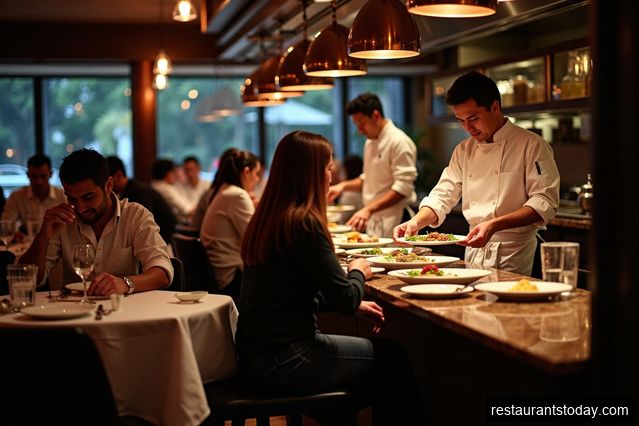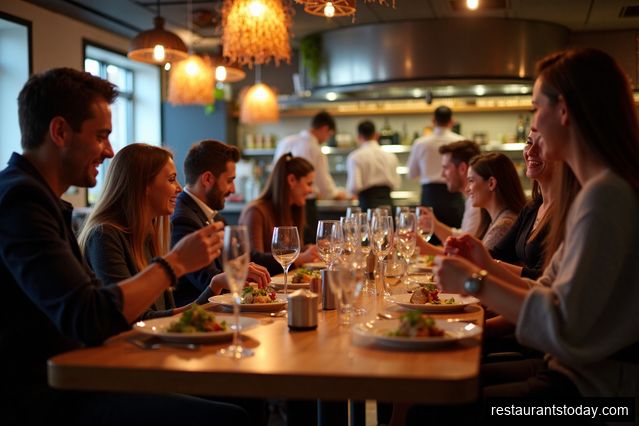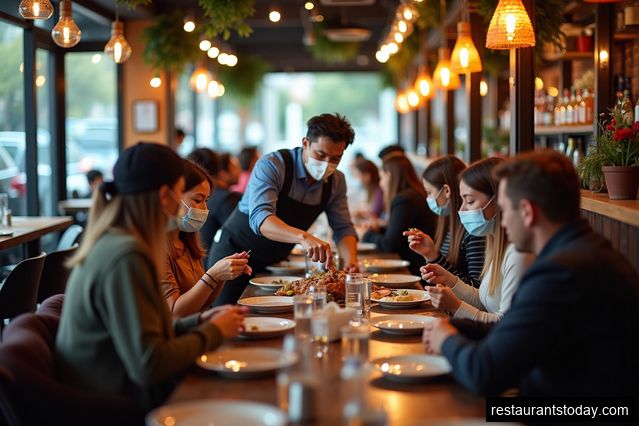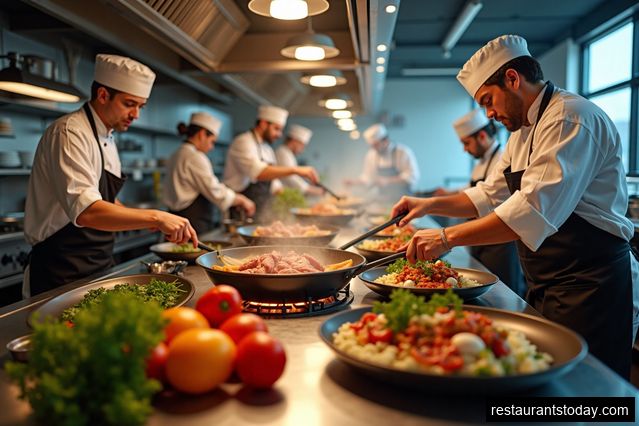Shifts in Restaurant Operations
The pandemic forced restaurants to quickly adapt their operations to comply with health and safety guidelines. Many establishments had to close their dining rooms and pivot to takeout and delivery options. This shift required significant changes in staffing, menu offerings, and packaging to ensure the safety of both staff and customers. Restaurants also had to invest in online ordering systems and delivery platforms to meet the increased demand for contactless dining experiences. Despite the challenges, these changes have allowed restaurants to continue serving their customers and generate revenue during the pandemic.
Embracing Technology
To facilitate contactless dining, restaurants have turned to technology solutions such as mobile ordering and payment apps. These apps allow customers to browse menus, place orders, and make payments without any physical contact. Additionally, some restaurants have implemented reservation systems that enable customers to book tables in advance, ensuring limited capacity and reducing wait times. By embracing technology, restaurants have not only enhanced safety measures but also improved operational efficiency.
Changing Dining Habits
The pandemic has had a profound impact on consumer behavior and dining habits. With restrictions on indoor dining, people have become more reliant on takeout and delivery services. This shift has led to an increased demand for family meal packages and individual servings that can be enjoyed at home. Furthermore, the desire for contactless experiences has led to a rise in the popularity of outdoor dining and drive-through options.
Health and Safety Concerns
As a result of the pandemic, health and safety have become top priorities for diners. Customers now expect restaurants to implement strict sanitation protocols, enforce social distancing measures, and provide transparent information about their safety practices. This shift in consumer expectations has prompted restaurants to invest in visible safety measures such as hand sanitizing stations, plexiglass barriers, and staff training on hygiene protocols.
The Future of Restaurants
While the pandemic has presented numerous challenges for the restaurant industry, it has also sparked innovative solutions and new opportunities. Restaurants have embraced outdoor dining spaces, expanded their delivery services, and explored partnerships with third-party delivery platforms. Many establishments have also focused on enhancing their digital presence and engaging with customers through social media and online marketing. These shifts will likely continue to shape the future of the industry, even as the pandemic subsides.
The Importance of Adaptability
The ability to adapt quickly and efficiently has been crucial for restaurants during the pandemic. Those that were able to pivot their operations, leverage technology, and meet changing consumer demands have been more successful in weathering the storm. Moving forward, adaptability will remain a key factor for restaurants to thrive in an evolving landscape.








